Isotope analysis reveals that a rare type of asteroid called a carbonaceous chondrite was responsible for the impact that brought about the extinction of the dinosaurs. The researchers behind the discovery also studied other impacts from Earth’s geological history, finding that these were consistent with more common asteroids and meteorites.
The Earth’s crust is normally very poor in precious metals such as platinum, palladium and ruthenium because these mostly partitioned into the core when the Earth formed its various layers. Asteroids and meteorites, however, are much richer in these materials. This means that a spike in the quantities of these elements found in crust of a particular age indicates when an impact took place. Spikes in ruthenium are particularly informative because the element has seven stable isotopes. Different extraterrestrial bodies have different ratios of the various isotopes, so the isotopic ratios form a fingerprint identifying a specific type of object.
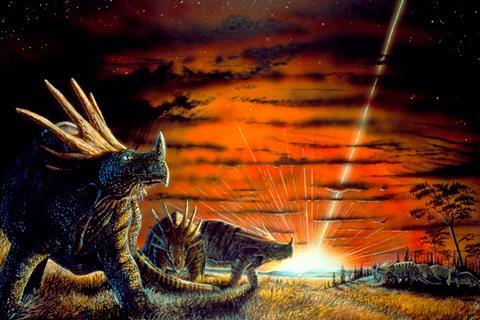
The Chicxulub impact, which caused the end-Cretaceous mass extinction 66 million years ago, occurred just off the coast of Mexico and scattered dust all over the world. Researchers led by Mario Fischer-Gödde at the University of Cologne and colleagues analysed the ruthenium isotope compositions of samples dated to the period from drill cores taken in Denmark, Italy and Spain.
They found that the isotope signatures in the samples were indistinguishable from one another and matched the signatures from carbonaceous chondrites. These are a rare type of carbon-rich rock of particular interest because many cosmochemists think they show what the early solar system was made of. While the vast majority of meteorites that hit Earth originate in the current asteroid belt located between the orbits of Mars and Jupiter, the carbonaceous chondrites formed in much more distant reaches of the solar system. ‘The question I cannot answer is why, 66 million years ago, we had an asteroid-sized chunk hitting the Earth,’ says Fischer-Gödde.
The researchers also studied ruthenium isotope data from other impacts dating back as far as 3.5 billion years. These were consistent with impacts from more common types of meteorites. Investigations of chromium isotopes have previously indicated results consistent with these, but chromium is naturally present in the crust at higher levels than ruthenium, so the results carry much higher uncertainty.
Slam dunk
The team now intends to analyse lunar samples, as no rocks on Earth are older than around 3.5 billion years. ‘If we can identify carbonaceous impactal material that was hitting the Moon more than 4 billion years ago, that would mean that this same material was hitting Earth,’ Fischer-Gödde explains. ‘And if carbonaceous material was hitting Earth at some point between the Moon-forming impact and 4 billion years, then this may have delivered significant amounts of water and volatile elements that are important for life … I already have some Nasa lunar samples and this is something we want to do in the next month.’
‘From my point of view, the paper is a slam dunk,’ says isotope geochemist Richard Walker at the University of Maryland, US. ‘They find a nucleosynthetic anomaly in a variety of different [materials from the period], it has a uniform composition and it’s the composition of the carbonaceous chondrite reservoir.’ According to Walker, Fischer-Gödde is ‘probably the world leader’ in ruthenium isotope analysis. ‘Other people are flocking to Mario to have similar work done on their favourite impacts,’ he notes.
Correction: This article was updated on 19 August to clarify the elements that were studied in the isotope analysis.
References
M Fischer-Gödde et al, Science, 2024, DOI: 10.1126/science.adk4868



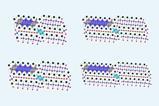
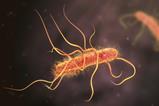
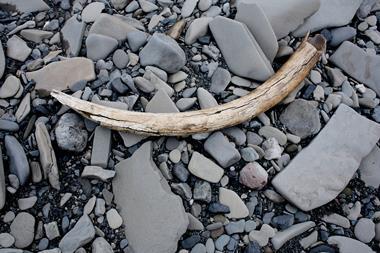

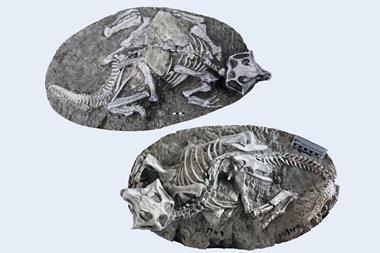
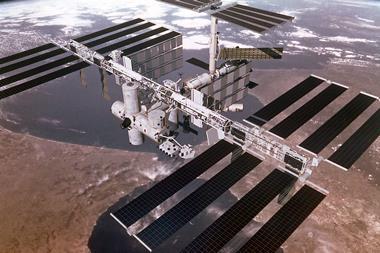
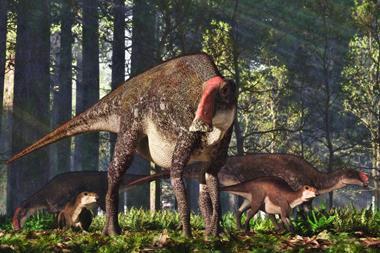
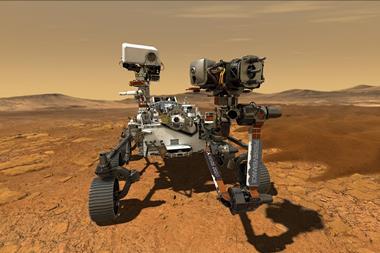






No comments yet